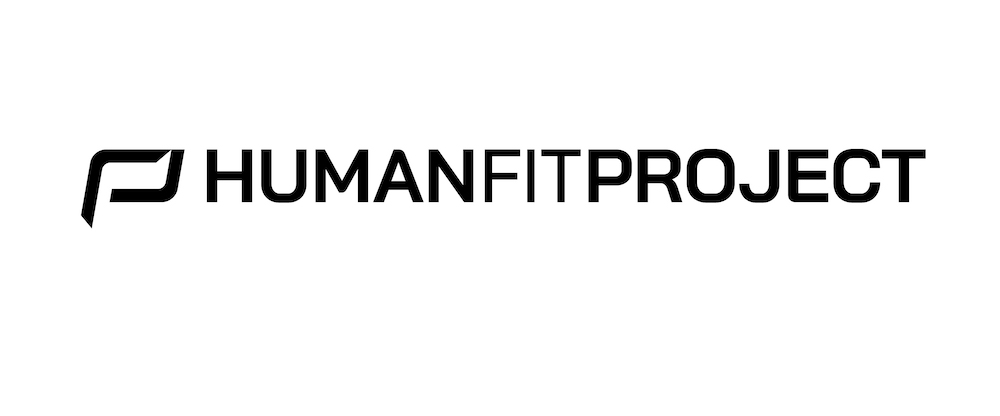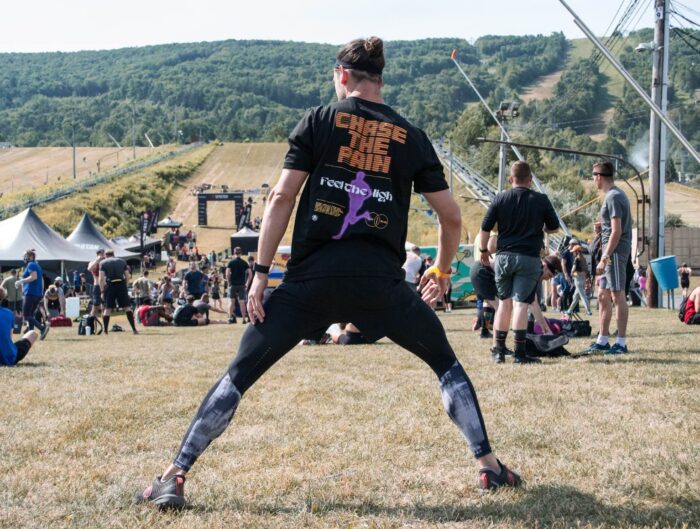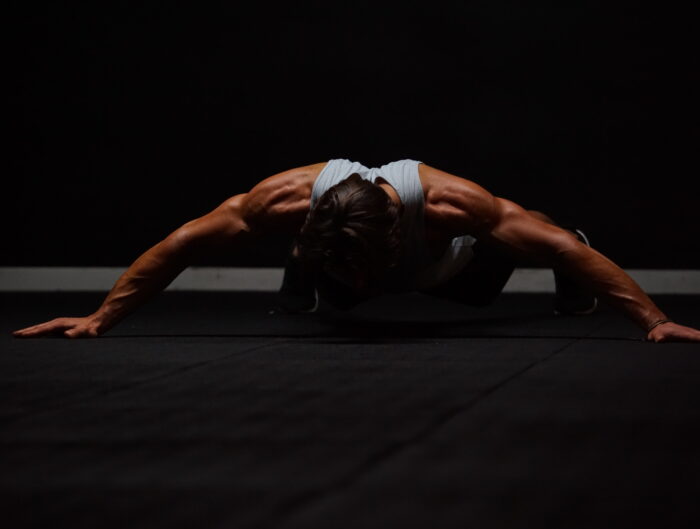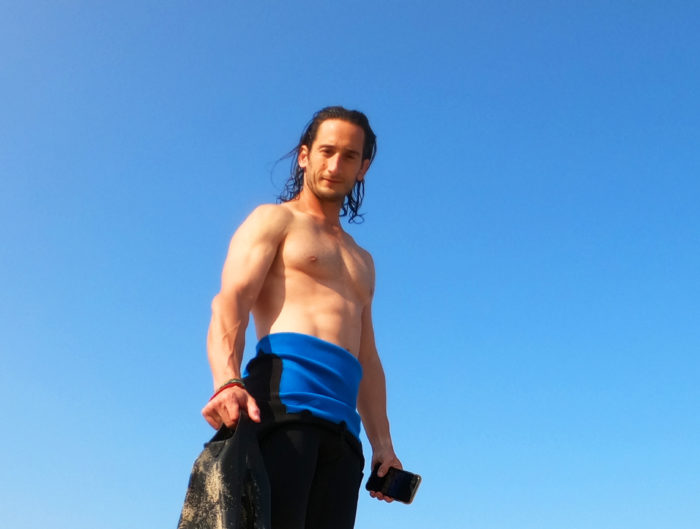As like many of you, I’m a very active person, and when you’re active, it’s inevitable to get some bumps, bruises, tweaks, twists, pops, and cracks. That’s why it’s so important to build a body that’s both strong and agile. But, sometimes that’s not even enough and you end up needing to recover, rebuild, and move forward again.
See also: my recovery from shoulder surgery
Around April or May of this spring, I bolted down the beach as fast as I could. (I didn’t warm up. The waves were pumping.) As I got down to the water line my foot landed funny in a small h0le in the wet sand and my left knee gave out. I had some pain for a minute or two, then it subsided and I went on with my session. The next day I was fine too, but had some minor discomfort walking down stairs. Over time the injury didn’t seem to get better, but it didn’t seem to get worse either. Sometimes it felt fine, other times it didn’t. Then, instead of it being bothersome going down stairs, it became bothersome going up stairs. It was more of an annoyance than anything else, but finally, after a couple more weeks, it went away on it’s own. I was relieved.
Then, late this summer, out of the blue, my knee started to bother me again. I never did anything to irritate it, but I started having trouble with stairs again. One week it was going up the stairs, then next week it was going down the stairs. Then, it started hurting when I squat. (which never was a problem before). I decided to get it checked out. It was never swollen, I could fully extend it, walking and running on flat ground was no problem, and an MRI showed no structure damage. What the heck? Was it patellar tendonitis? Was it bursitis? Maybe it’s the IT band? No one seemed to be 100% sure.
Regardless of the confusion there was one I was sure about: the knee is annoyingly complex. But, there was something else I was sure about: the importance of training the posterior chain, aka the backside of the body.
Here’s what I was thinking
If I shift my training a bit to target my glutes and hamstrings more, things will improve. Sure enough, they did.
Here’s exactly what I did and why
I trained legs twice per week with a heavy focus on engaging the glutes and hamstrings as much as possible. I avoided traditional front and back squats and switched out forward lunges for short stride reverse lunges. For 2 weeks, I trained with light weight and high reps (10,12, 15 or so), then for 4 weeks I trained with heavier weight and lower reps (6,8,10 or so). Below are the six main moves I did.
Overhead squats with PVC
I liked these to warm-up my entire body. Holding the PVC tube overhead and dropping into a squat really feels like it expands the ribcage and opens everything up.
Monster walk
I like these to get those glutes fired up. The way I do them are a bit modified from what you might have seen out there, but I can certainly feel the glutes working.
Calve raises
I think these are overlooked. Everything is all connected down there. I hadn’t done calf-specific work in years. I decided to strengthen them up.
Single-leg Dumbbell Deadlift
I love these because it uncovered imbalances. These were a little uncomfortable at first, but I improved from the first couple reps onward. Balancing out imbalances sounds like a good idea, right?
Stiff-leg Dumbbell Deadlift
I love these because I could really hammer the hamstrings.
Glute-focused Dumbbell Sumo Deadlift
Instead of doing a traditional sumo deadlift and working the quads in there, I kick my butt back a bit and really focus on the glutes and hams for the movement. It’s just another variation to get them to work.
What I’ve learned the most
I’ve had (and still have) some muscular imbalances that I need to stay on top of. These exercises and this training tweak really improved things for me.
I forgot to engage my glutes and hamstrings a lot of the time. These exercises really woke them up from their slumber. I’m now much more consciously aware of it.







